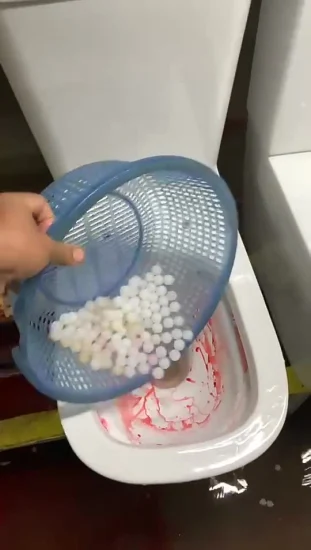This article below pertaining to What Can Happen If You Flush Food Down the Toilet? is seriously compelling. Have a go and make your own conclusions.

Intro
Many people are usually faced with the problem of what to do with food waste, particularly when it comes to leftovers or scraps. One common inquiry that emerges is whether it's fine to purge food down the commode. In this short article, we'll explore the reasons why people might take into consideration flushing food, the repercussions of doing so, and alternate techniques for proper disposal.
Reasons that people might think about flushing food
Absence of awareness
Some individuals might not recognize the potential harm triggered by flushing food down the commode. They might incorrectly believe that it's a harmless technique.
Convenience
Purging food down the toilet might feel like a fast and very easy solution to throwing away undesirable scraps, specifically when there's no close-by trash can offered.
Negligence
In some cases, individuals may merely pick to flush food out of sheer negligence, without thinking about the repercussions of their activities.
Effects of flushing food down the toilet
Ecological influence
Food waste that winds up in waterways can add to contamination and harm water environments. Furthermore, the water utilized to purge food can strain water sources.
Plumbing issues
Flushing food can cause blocked pipelines and drains pipes, creating costly plumbing repair services and hassles.
Kinds of food that need to not be flushed
Coarse foods
Foods with coarse structures such as celery or corn husks can get entangled in pipes and trigger clogs.
Starchy foods
Starchy foods like pasta and rice can absorb water and swell, resulting in blockages in pipes.
Oils and fats
Greasy foods like bacon or food preparation oils must never ever be purged down the commode as they can solidify and trigger clogs.
Correct disposal methods for food waste
Using a waste disposal unit
For homes outfitted with garbage disposals, food scraps can be ground up and flushed with the plumbing system. Nonetheless, not all foods are suitable for disposal in this way.
Recycling
Specific food product packaging products can be recycled, lowering waste and minimizing environmental impact.
Composting
Composting is an environment-friendly way to get rid of food waste. Organic products can be composted and made use of to improve soil for gardening.
The value of correct waste monitoring
Decreasing environmental harm
Appropriate waste administration practices, such as composting and recycling, assistance reduce pollution and preserve natural resources for future generations.
Safeguarding pipes systems
By preventing the technique of flushing food down the commode, property owners can stop pricey pipes repairs and keep the honesty of their plumbing systems.
Conclusion
To conclude, while it might be appealing to flush food down the toilet for benefit, it is essential to comprehend the potential consequences of this action. By taking on appropriate waste administration methods and getting rid of food waste responsibly, people can contribute to much healthier plumbing systems and a cleaner atmosphere for all.
FLUSH FOOD DOWN THE TOILET?
FLUSHING FOOD CAN CAUSE BLOCKED DRAINS IN YOUR HOME
All of the plumbing fixtures in your home are connected to the same sewer pipe outside of your home. This outdoor sewer pipe is responsible for transporting all the wastewater from your home to the Council sewer mains. Even small pieces of food that go down the kitchen sink can cause problems for your sewer. It should therefore be obvious that flushing larger bits of food, such as meat, risks a clog in either the toilet itself or the sewer pipes. Flushing greasy food is even more problematic because oil coagulates when it cools, coating the interior lining of your pipes.
THE TOILET IS NOT A BIN
Food isn’t the only thing that people shouldn’t be flushing down the toilet. People use the toilet to dispose of all kinds of things such as tampons, makeup wipes, dental floss, kitty litter and even underwear. Water goes to great lengths to educate residents about the high costs and stress placed on wastewater treatment systems simply from people flushing the wrong stuff down the toilet. It costs taxpayers millions of dollars each year, and homeowners thousands in blocked drain repairs.
FLUSHING FOOD IS A WASTE OF WATER
Flushing food is a waste of our most precious resource - water. In June this year Level 1 water restrictions were introduced to protect water supply from drought conditions. Much of New South Wales continues to be affected by prolonged drought with recent figures revealing up to 97 per cent of the state remains in drought. Depending on whether you have a single or dual flush toilet, every single flush uses between five and 11 litres of water. In the current climate this is a huge amount of water to be wasting on flushing food that should be placed in the bin (or better yet, the compost).
https://www.jabplumbingsolutions.com.au/blog/can-you-flush-food-down-the-toilet

As an avid reader on Is it safe to flush food (especially rice) down the toilet?, I thought sharing that excerpt was a smart idea. Those who appreciated our post if you please do not forget to pass it around. Thanks a bunch for being here. Come back soon.
Call Today
Comments on “Can You to Flush Food in the Toilet?”